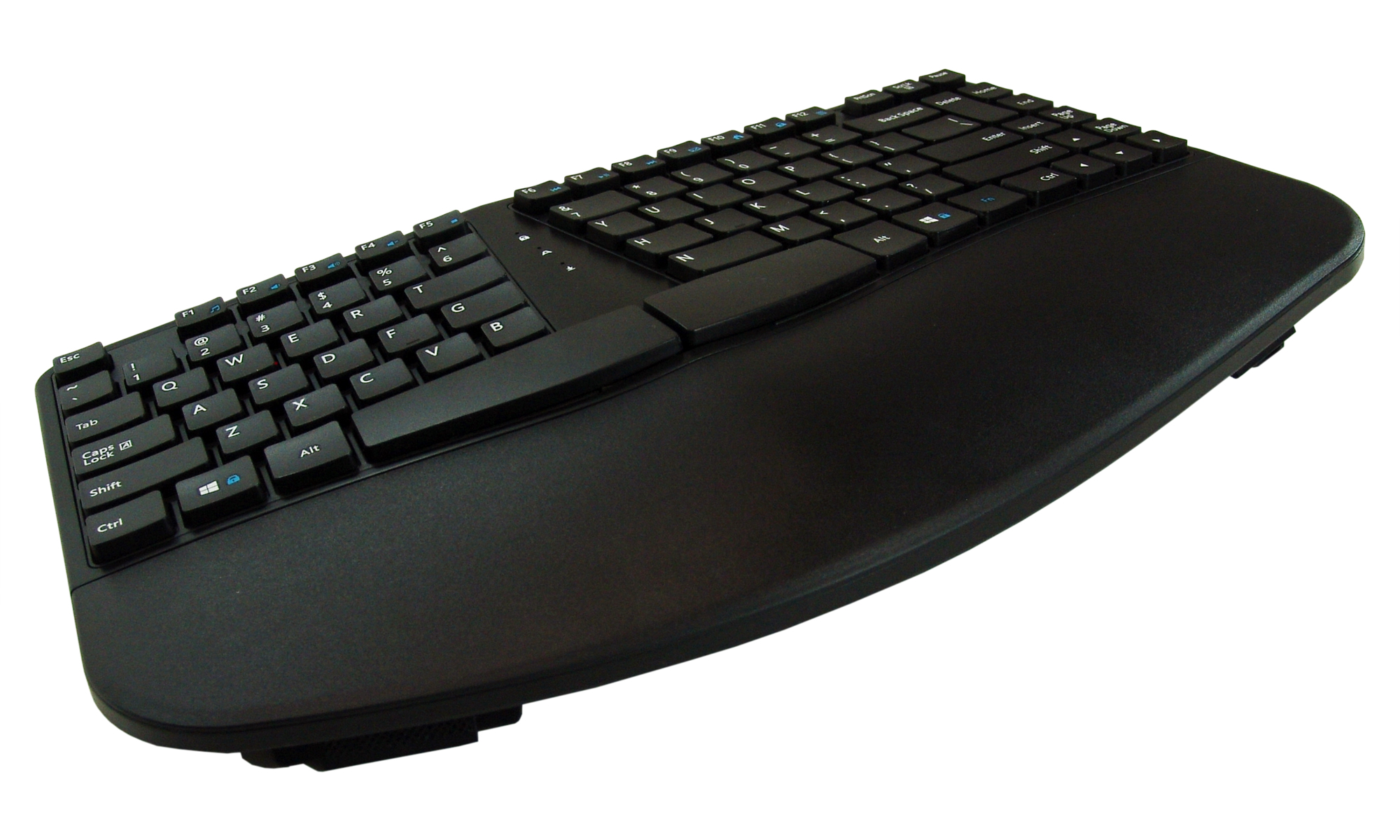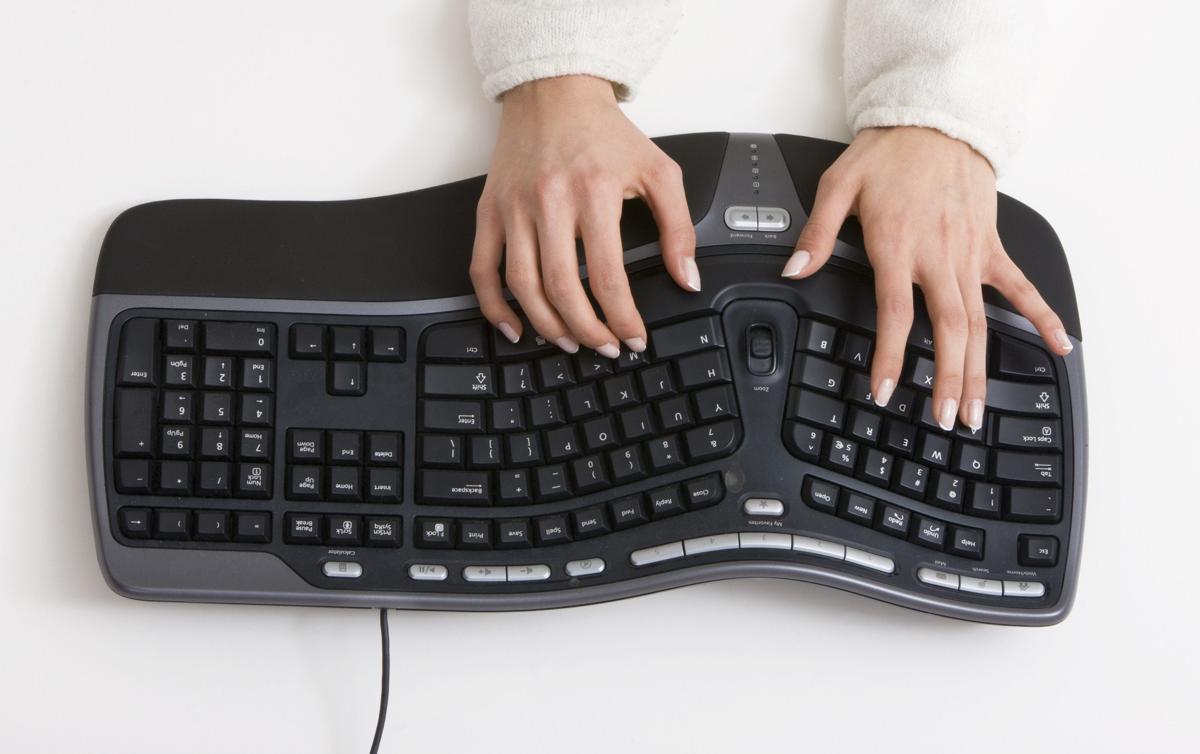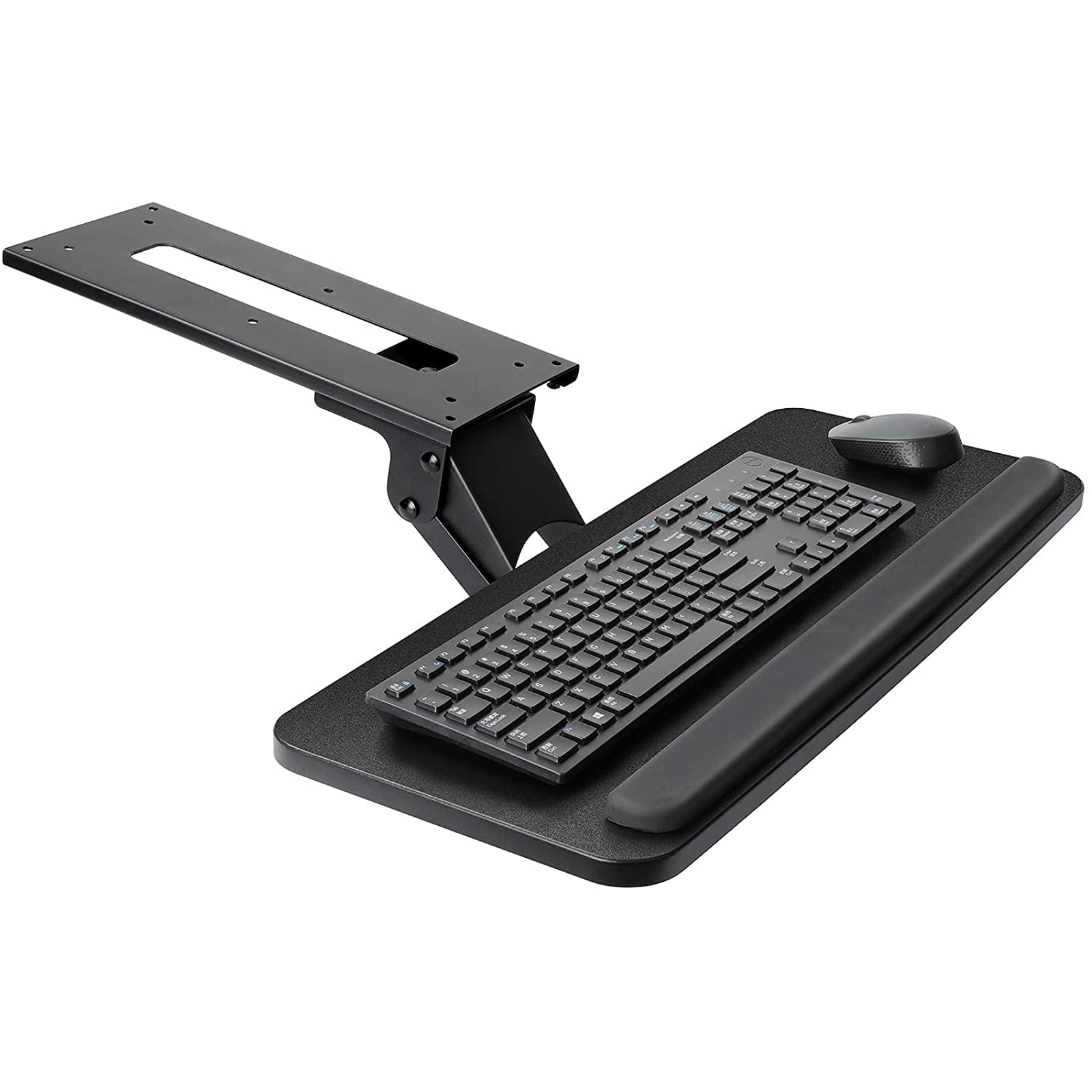

This idea can be seen in the first of the three graphics below.
#Ergonomic typewriter keyboard full#
Several concentric circles containing as many keys as required to accommodate the full US QWERTY keyboard (with a few ancillary keys (not shown) was the result of this first attempt. This was an instinctive choice at the time because it wasn’t altogether clear just how it could be made to work. In first setting out to fulfill the goal of designing the Radial Keyboard it was thought that the best starting point for ensuring minimum finger-travel time was to adopt the circle as the basis for the new design. A reduction in the keyboard’s footprint size from that of a full-sized desktop QWERTY keyboard.An improvement in a user’s data-entry keying-speed.A reduction in user familiarization-time.A keyboard that would be more logical, ergonomic and efficient.The aim was to produce a design that would result in:

The development and production of the new Radial Keyboard design followed several fundamental guidelines. It’s expected that this aspect of the design will facilitate users in becoming self-taught touch-typists. This effectively means that over time, users who apply themselves, should no longer have to look at the keyboard when typing. In contrast, the alpha-characters’ layout of BeeRaider’s Radial keyboard design can be memorized in as little as 10-20 minutes with finger-muscle-memory following soon afterwards. For this reason, these users are never likely to take the time required to memorize the QWERTY layout. The test shows that many users have failed to memorize the QWERTY keyboard’s alpha-characters layout, probably because of the inherent difficulty they have in memorizing it owing to its illogical layout. You should find that most users don’t perform well on this test. Fold the copy-sheets and repeat if desired. Record the results and average the scores.

When they are each finished, check to see how many alpha-characters they’ve managed to correctly place.
/MicrosoftSculptErgonomicKeyboard-59aef5c5d088c00010d0ddcf.jpg)
Even six randomly called characters should be sufficient for this test. Ask your friend(s) to write down on the keyboard-copy the location of whatever alpha-characters you care to call out to them. Print off thisīlank QWERTY keyboard layout and photocopy as required. This situation can be easily demonstrated with a simple experiment. Obviously, those who would consider themselves trained typists are not included in this group. This further slows their already restricted typing speed. It’s fair to say that the vast majority of QWERTY keyboard users, even after years of usage, still don’t know where the alpha-characters (most typed keys) are located on the QWERTY keyboard and must look at the keyboard when typing. It follows then that the design is both inadequate and inefficient in the context of how today’s computer keyboards operate. The QWERTY keyboard was never designed with logic, efficiency, or ergonomics in mind and the reason for the QWERTY keyboard’s layout no longer now exists. Along with this, the alpha-characters for spelling the word TYPEWRITER were later deliberately placed on the top row of the QWERTY keyboard so that salespersons in the field selling the mechanical typewriters could easily demonstrate their typing proficiency by quickly typing this word to impress potential customers. The solution was to lay out the QWERTY keyboard’s alpha-character keys in such a way as to slow down a user’s typing speed. This problem arose with the most frequently occurring English language alphabet characters (alpha-characters). This problem occurred whenever a typist began to type too fast, and the returning key-hammer jammed with the next key-hammer traveling forward to print the follow-on character. The QWERTY keyboard layout was developed in an effort to solve a peculiar mechanical problem that first appeared on early mechanical typewriters.


 0 kommentar(er)
0 kommentar(er)
